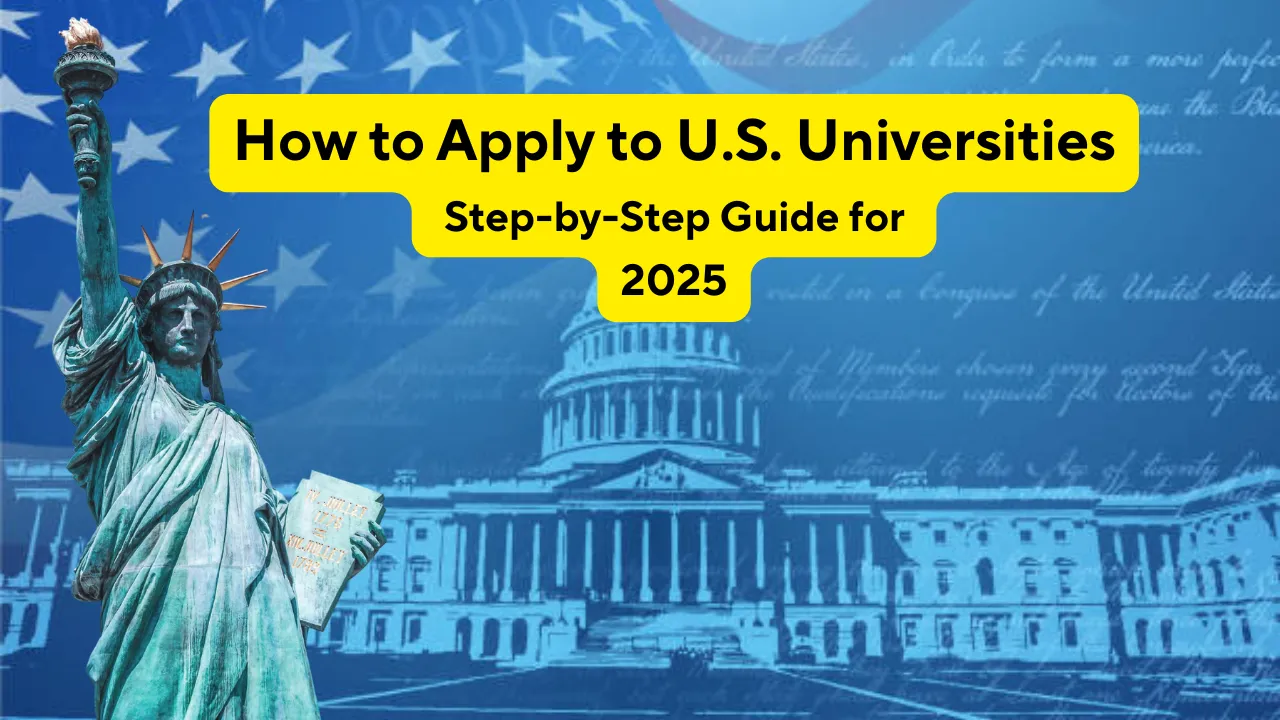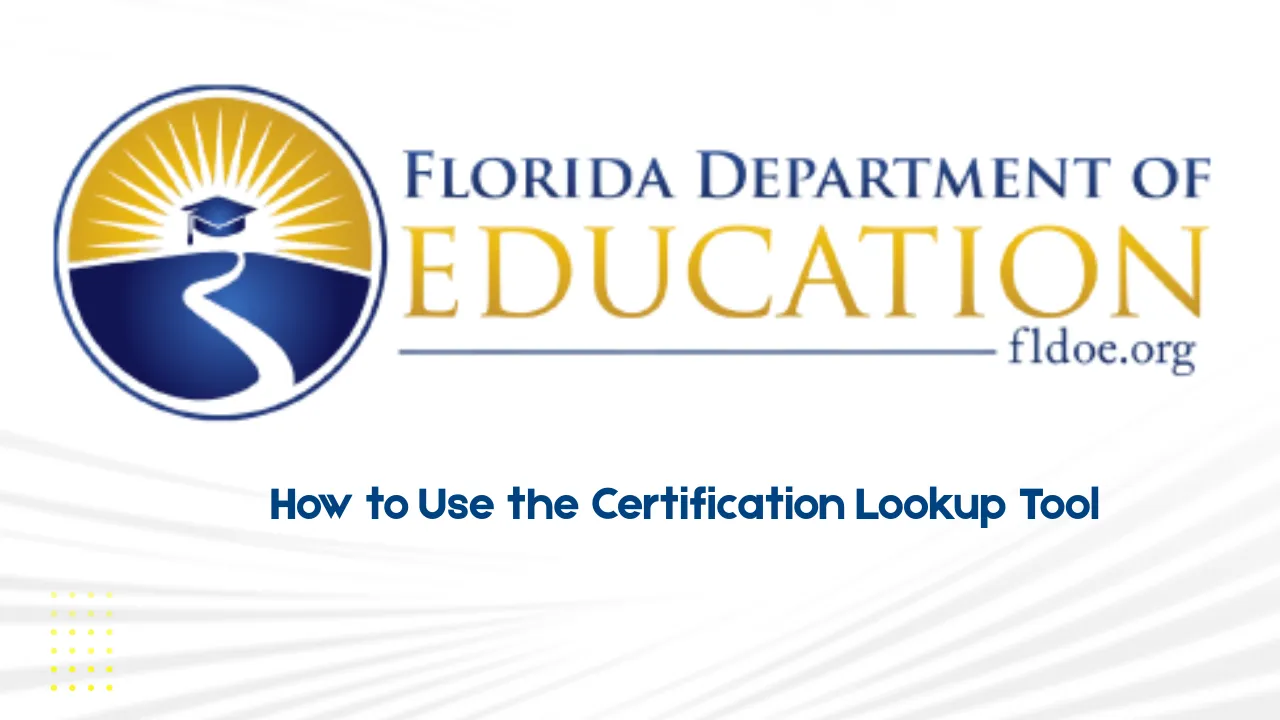Steps to Apply to U.S. Universities: The United States continues to be a dream destination for international students aspiring for top-quality education, global exposure, and vast career opportunities. Applying to universities in the U.S., however, can feel overwhelming due to its detailed requirements, strict timelines, and multi-stage process. Whether you’re aiming for undergraduate, graduate, or doctoral studies, a clear application plan can boost your chances of success.
If you’re preparing for the Fall 2025 intake, understanding the steps to apply to U.S. universities is crucial. This guide breaks down the entire application journey—from initial research to securing your student visa—ensuring you stay on track and submit strong applications to your chosen institutions.
Steps to Apply to U.S. Universities
Understanding the Steps To Apply to U.S. Universities creates a clearer, more achievable path. This guide presents a structured roadmap covering goal-setting, research, standardized tests, document preparation, application submission, admission, and visa procedures. Each section unpacks essential insights and actionable tips designed to help you build a compelling application targeted for successful admission and smooth transition to U.S. university life in 2025.
Overview Table: Key Steps and Timeline
| Phase | Timeframe | Key Actions |
| Research & Planning | June – August 2024 | Define goals, shortlist universities, prepare for tests |
| Entrance Exams | September – November 2024 | Take GRE/GMAT/SAT, IELTS/TOEFL/Duolingo |
| Document Preparation | October – December 2024 | Draft SOP, gather LORs, resume, academic transcripts |
| Application Submission | December 2024 – February 2025 | Submit online forms, pay fees, upload documents |
| Admission Decisions | March – April 2025 | Await offers, prepare for interviews |
| Visa & Pre-departure | May – August 2025 | Get I-20, pay SEVIS fee, attend F-1 visa interview |
Define Your Academic and Career Goals
Start by identifying what you want to study and why. Define whether you’re applying for a bachelor’s, master’s, MBA, or PhD. Consider your long-term career path and which courses align with your vision. This will guide your university search and help you choose programs that are tailored to your goals.
If you’re planning an MBA, for example, filter programs based on specializations like marketing, finance, or data analytics. For STEM degrees, focus on research opportunities and lab facilities.
Research and Shortlist U.S. Universities
Once you’ve identified your program, it’s time to build a shortlist of universities. Focus on institutions that offer strong academics, campus life, post-study work options, and financial aid.
Key factors to evaluate:
- University rankings and accreditations
- Curriculum structure and course content
- Admission criteria (GPA, standardized tests)
- Tuition fees and living costs
- Scholarship availability for international students
- Placement records and alumni network
Check Entry Requirements and Test Criteria
Each university has its own admission requirements. Carefully review the official admission pages of your shortlisted schools to understand:
- Academic requirements (GPA, prerequisites)
- Standardized tests: SAT/ACT for undergraduate, GRE/GMAT for graduate/MBA
- English proficiency tests: IELTS, TOEFL, PTE, or Duolingo
- Additional tests: LSAT (law), MCAT (medicine)
Try to aim for scores above the average cut-off to strengthen your application.
Prepare Core Application Documents
Here are the documents most commonly required for U.S. university applications:
- Transcripts: Official academic records from your school or college
- Standardized Test Scores: SAT/GRE/GMAT and language test results
- Statement of Purpose (SOP): A personal essay explaining your academic goals, motivation, and fit with the university
- Letters of Recommendation (LORs): Typically two or three, from teachers or employers who can vouch for your skills
- Resume/CV: Highlights your academic achievements, extracurriculars, and relevant work experience
- Proof of Funds: Bank statements, scholarship letters, or financial sponsor documents
- Passport Copy: Valid for at least six months after your planned stay
- Portfolio or Research Proposal (if applicable)
Submit the Application
U.S. universities use various platforms for application:
- Common App (for most undergraduate programs)
- Coalition App
- University-Specific Portals
Complete all sections carefully. Pay the application fee (typically $50–$100), attach the required documents, and submit before the stated deadlines. Some universities may also offer application fee waivers—check if you’re eligible.
Attend Academic Interviews (If Required)
Some U.S. universities, especially top-tier schools, may invite shortlisted candidates for interviews—either online or in person. Be prepared to discuss your motivations, academic strengths, career goals, and interest in the program. Practice beforehand to improve confidence and clarity.
Wait for Admission Results
Most schools release decisions between January and April, depending on when you applied (Early Decision, Early Action, or Regular). Once you receive admission offers, compare programs, tuition costs, and scholarship packages. Accept the offer by paying a non-refundable enrollment deposit.
Apply for the U.S. Student Visa
After accepting your offer, the university will issue you a Form I-20, necessary for the visa application process.
Here’s how to proceed:
- Pay the SEVIS fee online (currently $350)
- Fill out the DS-160 visa application form
- Book your F-1 visa interview at the nearest U.S. embassy
- Prepare and bring required documents: I-20, SEVIS receipt, visa fee receipt, academic and financial records
Note: Visa interviews are becoming stricter in 2025. Be ready to justify your program choice, funding, and plans post-graduation.
Arrange Funding and Scholarships
Studying in the U.S. can be expensive, but many institutions offer scholarships for international students. Research and apply early for:
- Merit-based scholarships
- Need-based financial aid
- Assistantships (especially for graduate students)
Also explore education loans, government funding schemes, or sponsorships.
Plan Your Pre-Departure Activities
Once your visa is approved, it’s time to get ready for your journey.
Here’s a quick checklist:
- Book your flights and accommodation
- Buy health insurance (mandatory in most universities)
- Attend pre-departure orientation (often hosted by your university or education consultants)
- Pack essentials, academic records, and multiple ID copies
- Arrive in the U.S. no earlier than 30 days before your program start date
Final Thoughts
Applying to U.S. universities in 2025 demands preparation, persistence, and attention to detail. By following these clearly defined steps to apply to U.S. universities, you can simplify what seems like a daunting task and move one step closer to your academic dreams.
Your journey starts now—don’t wait. Begin your research, set your goals, and take the first step toward a transformative education in the United States. If you need guidance, consider speaking with a study abroad counselor or joining a university prep webinar to clear your doubts. Success begins with the first step—make it count!

















